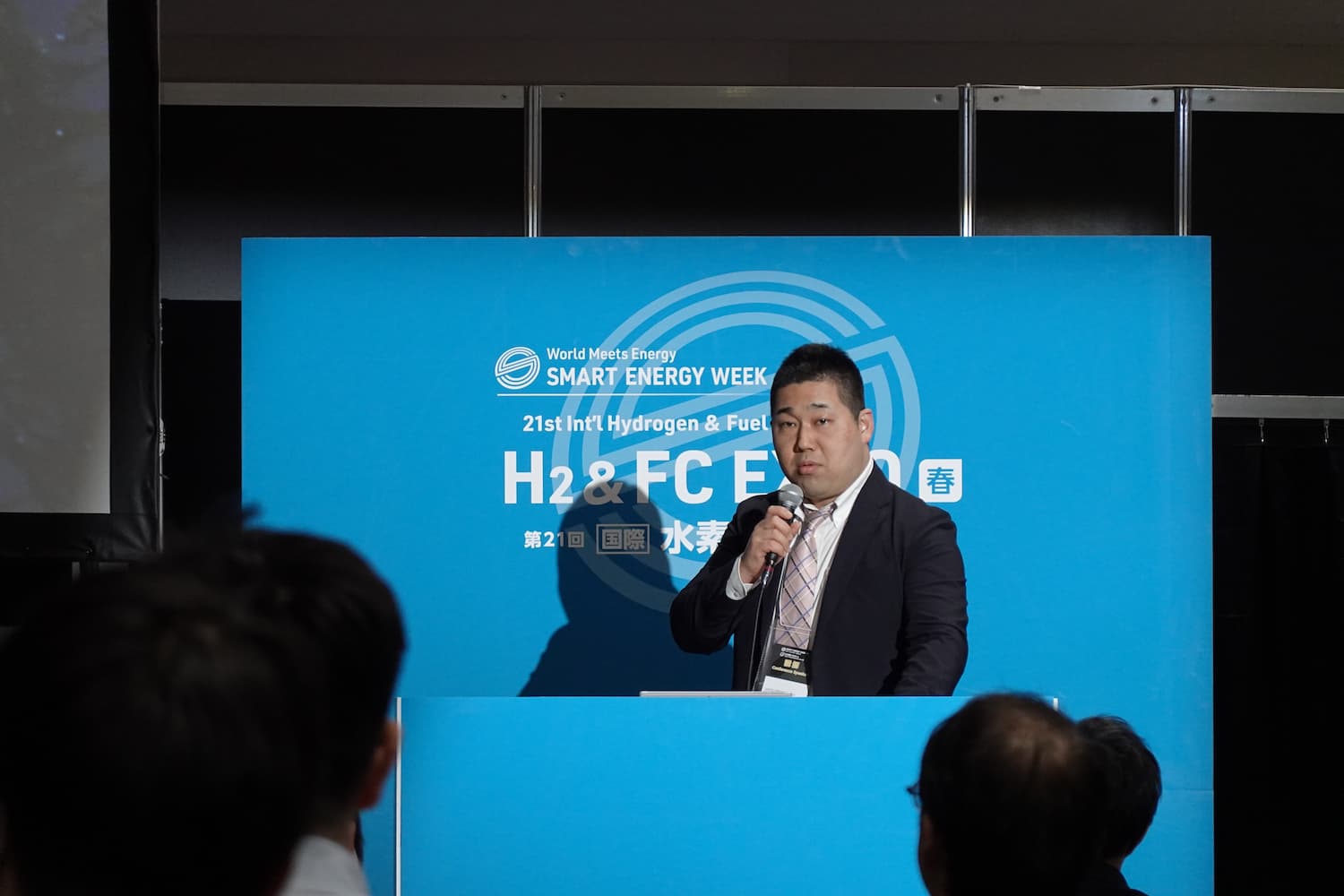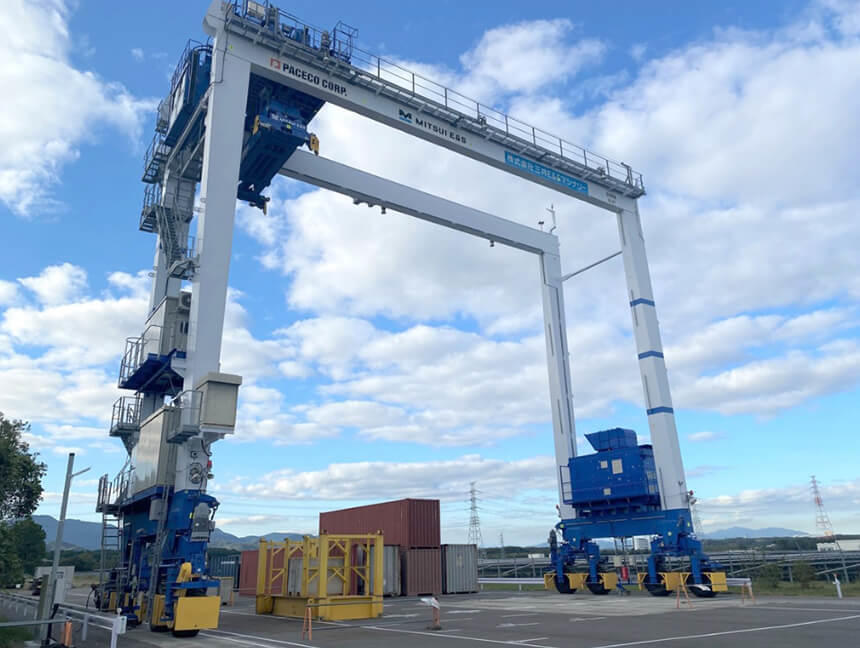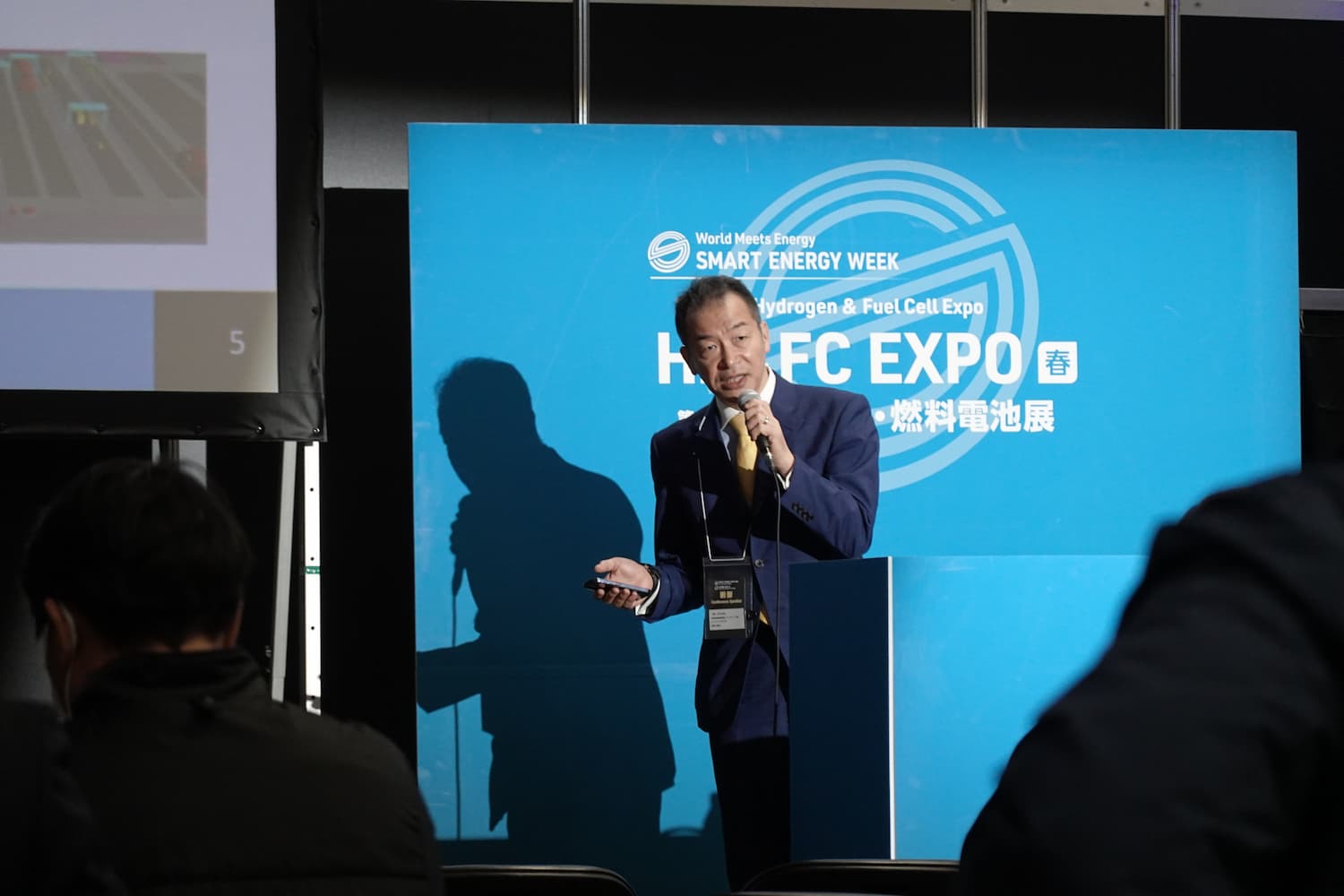.jpg)
Yokohama Port, Japan's second-largest port, has included hydrogen as a focus of its carbon-neutral planning. (Photo: iStock)
H2 & FC EXPO, the international hydrogen and fuel cell tradeshow held in Tokyo from Feb. 28 to March 1, spurred discussions on hydrogen application in carbon-neutral ports and green transportation and logistics at Japan's World Smart Energy Week.
This year’s event featured several forums where Mitsui E&S showcased applications of hydrogen fuel cells in Rubber Tired Gantry (RTG) cranes, and Japan’s major heavy machinery manufacturer IHI exhibited turbo blowers developed for aircraft hydrogen fuel cells.
Japan's new hydrogen strategy bill to boost investment of 15 trillion yen
As one of the first countries to develop hydrogen strategies, Japan has been promoting the Hydrogen Society Promotion Act, which aims to expand hydrogen supply to 12 million tons by 2040, or six times the current supply, with an estimated investment of 15 trillion yen.
The hydrogen trend is also spreading to ports across the country. Currently, major ports in Japan such as Yokohama Port and Kawasaki Port in Kanagawa, Nagoya Port in Aichi, and Kobe Port in Hyogo have joined the "Carbon Neutral Port" (CNP) initiative, incorporating hydrogen energy into their transport decarbonization pathways.
The port area of Yokohama accounts for 40% of the city's carbon emissions, making cross-sector decarbonization efforts imperative, said Hitoshi Nakamura, director of the Policy Coordination Division of the Yokohama Port and Harbor Bureau, at the forum held on Feb. 29.
He told the technology forum that the city government, in collaboration with the New Energy and Industrial Technology Development Organization (NEDO), had conducted research on hydrogen energy applications from 2021 to 2023.
The findings show that measures such as transitioning cargo handling equipment and container land transportation to hydrogen, as well as optimizing energy management for renewable energy and hydrogen fuel cells, will help the Port of Yokohama meet its 55% carbon reduction target by 2030, particularly with the promising potential of hydrogen RTGs.

Hitoshi Nakamura explains the research conducted by the Yokohama Port and Harbor Bureau and NEDO on how to assist Yokohama Port in achieving its 2050 carbon neutrality goal. (Photo: Hsu Tsu-lin)
Mitsui E&S' first zero-emission crane wins favor with Port of Los Angeles
RTGs, used for loading and unloading containers at ports, are typically powered by diesel generators. Mitsui E&S has developed a hydrogen fuel cell power pack (FCPP) for RTGs with the support of NEDO, which will create the world's first zero-emission container crane—Zero Emission Transtainer.

Hydrogen cranes developed by Mitsui E&S. (Photo: Mitsui E&S website)
According to Mitsui E&S' marketing manager Kinya Ichimura, these RTGs, which emit only water and no carbon, are already in operation at Oita Port in Japan, and the company has partnered with the Port of Los Angeles, the largest port in the United States, to introduce this RTG for pilot projects in February this year.
He said that Mitsui E&S's RTG is expected to help the Port of Los Angeles significantly reduce its carbon emissions, thanks to the substantial research resources invested in the Clean Air Action Plan jointly implemented by the ports of Long Beach and Los Angeles, which aims to achieve zero emissions by 2030.
Mitsui E&S has been actively developing the hydrogen value chain in recent years. Last year, the company completed construction of a hydrogen supply infrastructure at its Tamano plant, including liquid hydrogen storage tanks and hydrogen compressors, enabling large-scale hydrogen supply at 1,000 Nm3/h, said Kinya Ichimura, adding that the company will continue to develop technology for large-scale marine hydrogen fuel generators.

Kinya Ichimura, Mitsui E&S' marketing manager. (Photo: Hsu Tsu-lin)
IHI presents turbo compressors for hydrogen-powered aircrafts
In addition to accelerating the development of hydrogen applications for cargo transport, the latest decarbonization technology for aviation has also attracted attention among Japanese companies.
IHI, a company operating in the machinery, aviation, and marine sectors, showcased a variety of hydrogen-fueled aircraft technologies at the event, including turbo compressors and turbo blowers designed specifically for aircraft hydrogen fuel cells.
The new turbo-compressor, with an output 3.5 times that of its predecessor and using specialized air-bearing technology, is designed for new civil aircraft air-conditioning, aircraft power generation systems and hydrogen-powered aircraft, and is expected to be used in 200-seat mid-sized airliners, said Takuma Shimomura, general manager of IHI's Corporate Strategy Headquarters.
Japan's Ministry of Economy, Trade and Industry (METI) announced in October last year that it would invest 30.6 billion yen in the development of electric aircraft, of which 17.3 billion yen would be spent on the development of hydrogen fuel cells for aircrafts, and 1.33 billion yen would be spent on energy-saving engines and other technologies, hoping to seize the initiative in the global hydrogen aircraft supply chain and the formulation of fuel cell specifications.
.jpg)
Takuma Shimomura showcases IHI's new hydrogen aviation technology. (Photo: Hsu Tsu-lin)





